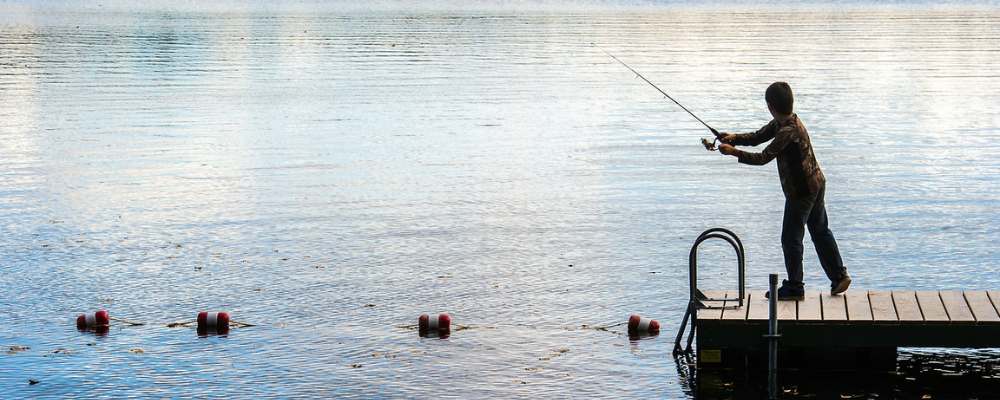
Maine Freshwater Fish: CDC Guidelines on PFAS
— By Caitlyn Winn, Dietetic Intern, University of Maine Cooperative Extension
Fishing is a great way to get active and enjoy the outdoors. Sometimes, you even get lucky, and catch your next meal! Chances are if you live in the state of Maine, you either fish, or at least know someone who does. While freshwater fishing remains a safe activity in the state of Maine, it is important to follow the latest Maine Centers for Disease Control (CDC) guidelines when it comes to consuming what you catch.
This is because some Maine freshwater fish contain PFAS, or per- and polyfluoroalkyl substances. PFAS are a group of man-made chemicals found in many consumer products worldwide. Certain PFAS chemicals have been linked to serious health problems, including complications during pregnancy, changes in liver and kidney function, and even the increased risk of some cancers.
For these reasons, consumption of Maine freshwater fish from contaminated water bodies should be eliminated, or at least limited. It is also important to note that Maine freshwater fish contain high levels of Mercury and should be avoided altogether by pregnant people and children under the age of eight.
The CDC recently updated advisories on eating freshwater fish caught in the state of Maine. Elevated levels of PFAS have been found in fish samples from:
- Sandy and Halfmoon Streams in Unity and Thorndike
- Annabessacook Lake in Monmouth and Winthrop
- Limestone Stream and Durepo Pond in Fort Fairfield
- Kennebec River in Waterville
- Kenduskeag Stream in Kenduskeag and Bangor
- Aroostook River in Caribou
- McGrath Pond and Salmon Lake in Belgrade and Oakland
- China Lake in China
- Fifteen Mile Stream in Albion
- Fish Brook, Police Athletic League Ponds, and Kennebec River in Fairfield
- Mousam River, Estes Lake, and Number One Pond in Sanford and Alfred
- Unity Pond in Unity
- Messalonskee Stream in Waterville and Oakland
- Presumpscot River in Westbrook and Falmouth
Visit the Maine CDC’s updated guidelines to learn the specifics about safe fish consumption in these freshwater bodies.
